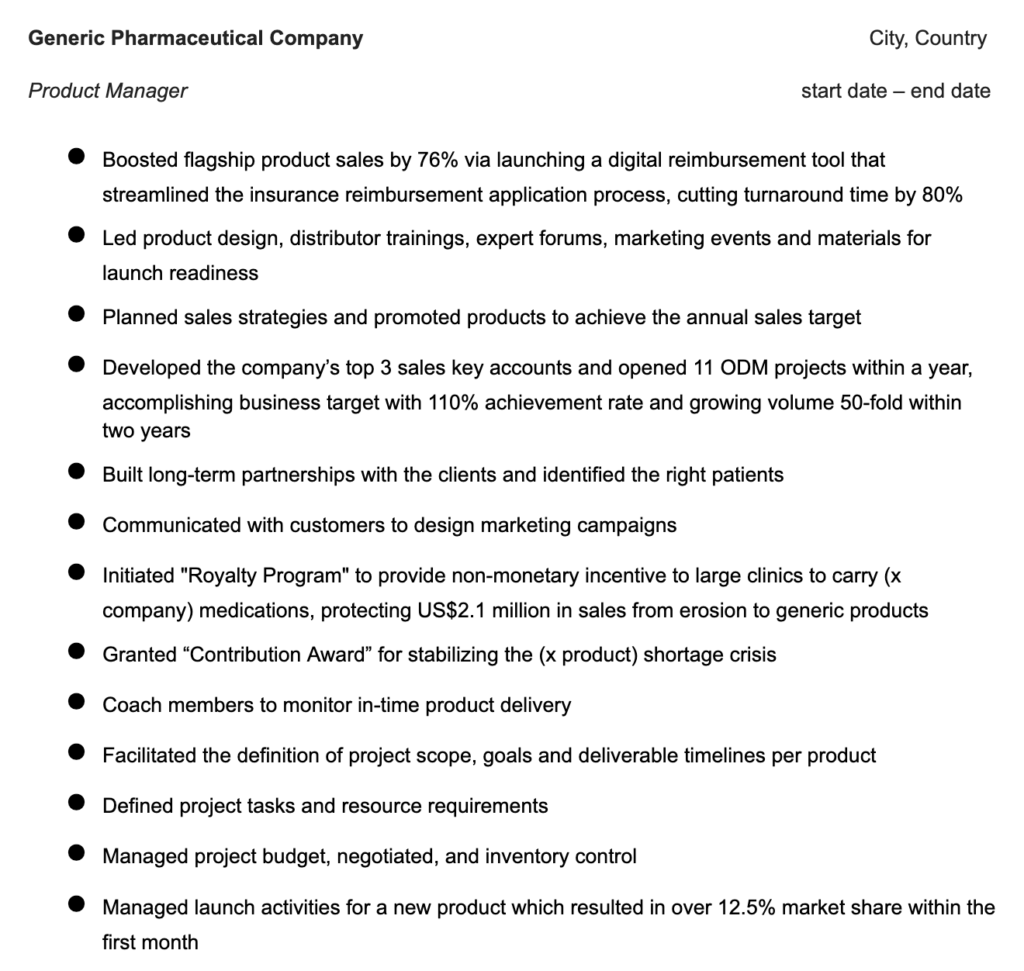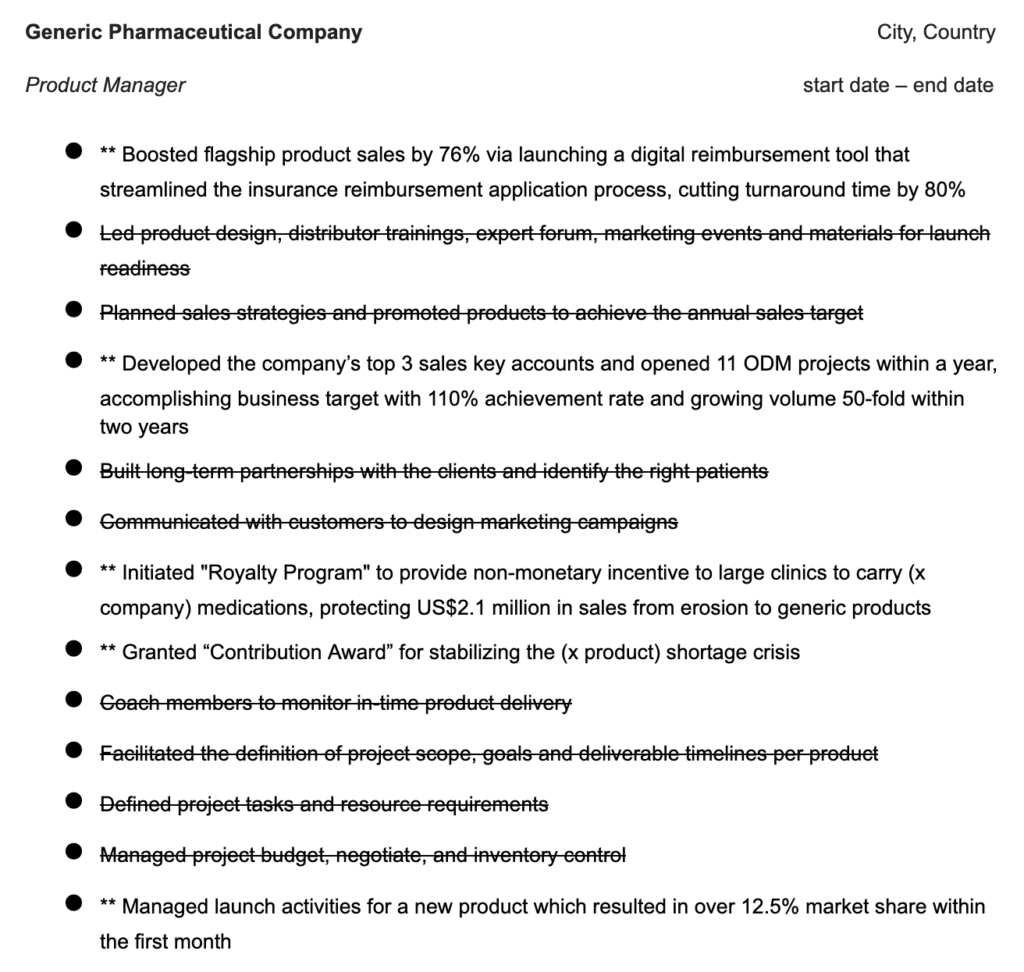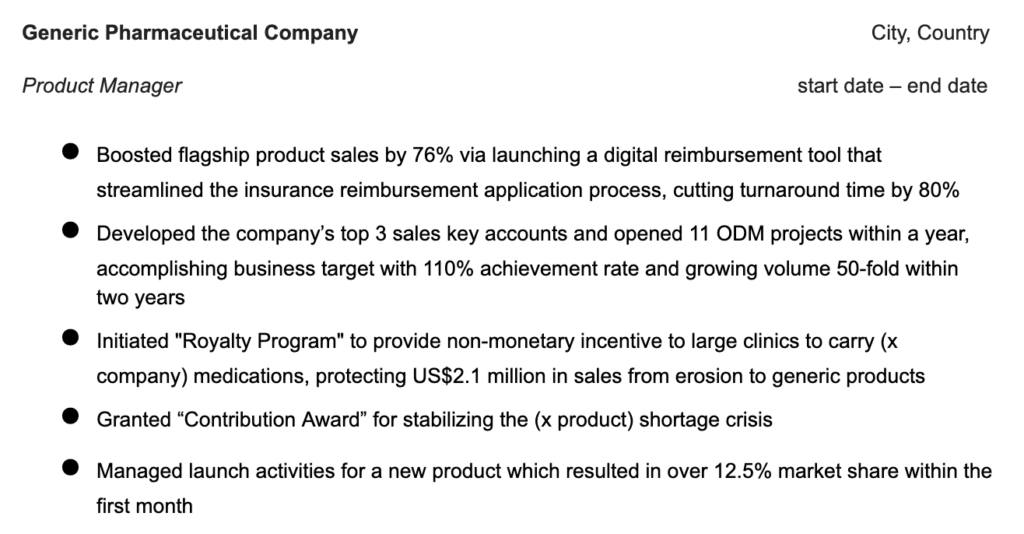While there is a lot of debate about whether a one or two-page resume is proper, the majority of graduate school programs in the US have a stated preference or even a strict requirement for a one-page resume. The primary reason is efficiency; for reviewers burdened with hundreds of applications, a single-page document is simply easier to scan and evaluate.
This creates a dilemma for applicants seeking to deeply showcase their various professional, extracurricular, leadership, academic, and leadership experiences in a tight space. Many people will opt for the “kitchen sink” approach, or in other words, cramming every possible detail into the document. The logic is that the more information, the better. Since it is well-documented that reviewers often only skim a resume for a few precious seconds, a tightly-packed resume will suffer from the crowded shop window problem. When a shop window is overfilled with various items, the customer may be overwhelmed with the choices or overlook the highest-value items the shopowner would most like to sell. Following this analogy, if one’s resume is overcrowded with items, the reviewer is more likely to miss the most important information.
Thus, when crafting a resume, one must have a sense for identifying and preserving the highest value items, and discarding lower value information that may clutter the document and distract the reviewer from key takeaways.
As an example, the following resume contains too many bullet points. The excessive information increases the likelihood the reviewer will miss crucial information and achievements.
To cut this section to an appropriate length, the writer must prioritize achievements with quantifiable impact and eliminate ordinary statements of responsibilities expected for the job title/function.
The result is a streamlined set of five high-impact bullets showcasing the person’s value and contribution to the company. The reviewer is now much more likely to recognize the writer’s achievements which allows them to infer the applicant’s potential to contribute to their organization or graduate program.
When creating the initial draft of your resume, simply get all of your ideas down on paper, and do not fret if the document is bloated with information. After that, a critical evaluation and prioritization of information must be made. Crafting a powerful resume requires a deliberate process of selecting and clearly listing a person’s most memorable activities inside and outside of work. This will reduce the chance that a rushed reviewer will miss important information. Similarly, it will increase the chance that an interviewer is directed to key stories/points that they may inquire about during an interview.
[Conclusion]
Crafting a well-rounded resume that will result in not only an admission but an admission with a scholarship takes dedicated planning and a concerted effort. If you are interested in learning how our strategic approach can help you maximize the effectiveness of your application documents, check out our consulting services.




